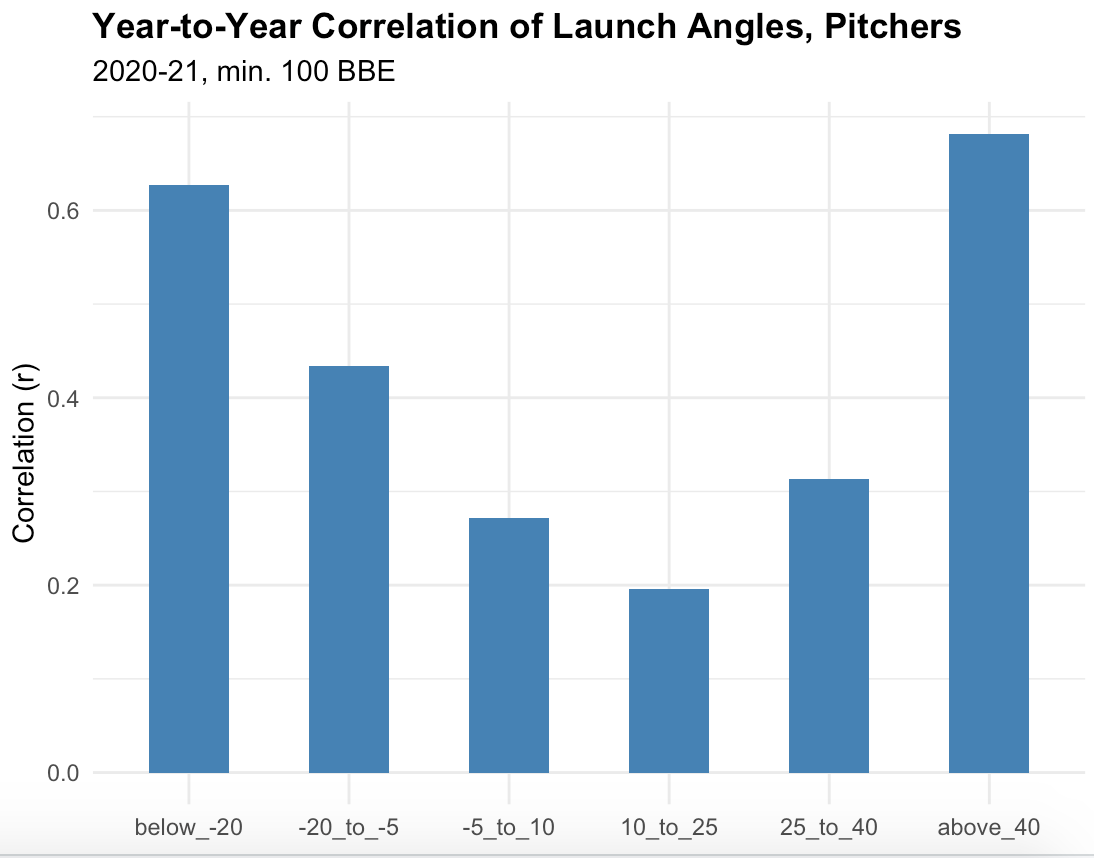The Angels and Braves Bring in Outfield Reinforcements
The Angels and Braves have both suffered through largely disappointing seasons and through some serious woes in the outfield. In Los Angeles, a calf injury to Mike Trout and Justin Upton’s back issues have kept the two off the field for a significant amount of time. In Atlanta, things are even more dire. Marcell Ozuna dislocated two of his fingers back in May, but a pending domestic violence charge means he likely won’t see the field again this season. Then, on the Saturday before the All-Star break, Ronald Acuña Jr. tore the ACL in his right knee, ending his season.
Both teams are within shouting distance of a playoff spot; the Braves are four games behind the Mets in the NL East, and the Angels are five and a half back in the AL Wild Card. But to have any hope of making noise down the stretch, they needed to bring in reinforcements for their outfield depth. That’s exactly what both teams did during the break. On Wednesday, the Angels signed Adam Eaton after he was released by the White Sox on Monday. On Thursday, the Braves traded for Joc Pederson, sending prospect Bryce Ball back to the Cubs in return. Trying to replace the production of Acuña or Trout is a fool’s errand, but finding someone who’s above replacement level (even if barely in both cases) goes a long way toward filling the holes in these two lineups.
In their final game before the All-Star break, the Braves ran out two converted infielders in the corner outfield spots, playing Ehire Adrianza in right and Orlando Arcia in left. In Pederson, they’re getting a capable outfielder who can play anywhere — he has plenty of experience in center field and covered left regularly in Chicago — and who’s an offensive boost to their lineup. With Guillermo Heredia already in center, Pederson will probably shift over to right, with Atlanta likely to use a rotating cast of players in left for now.

